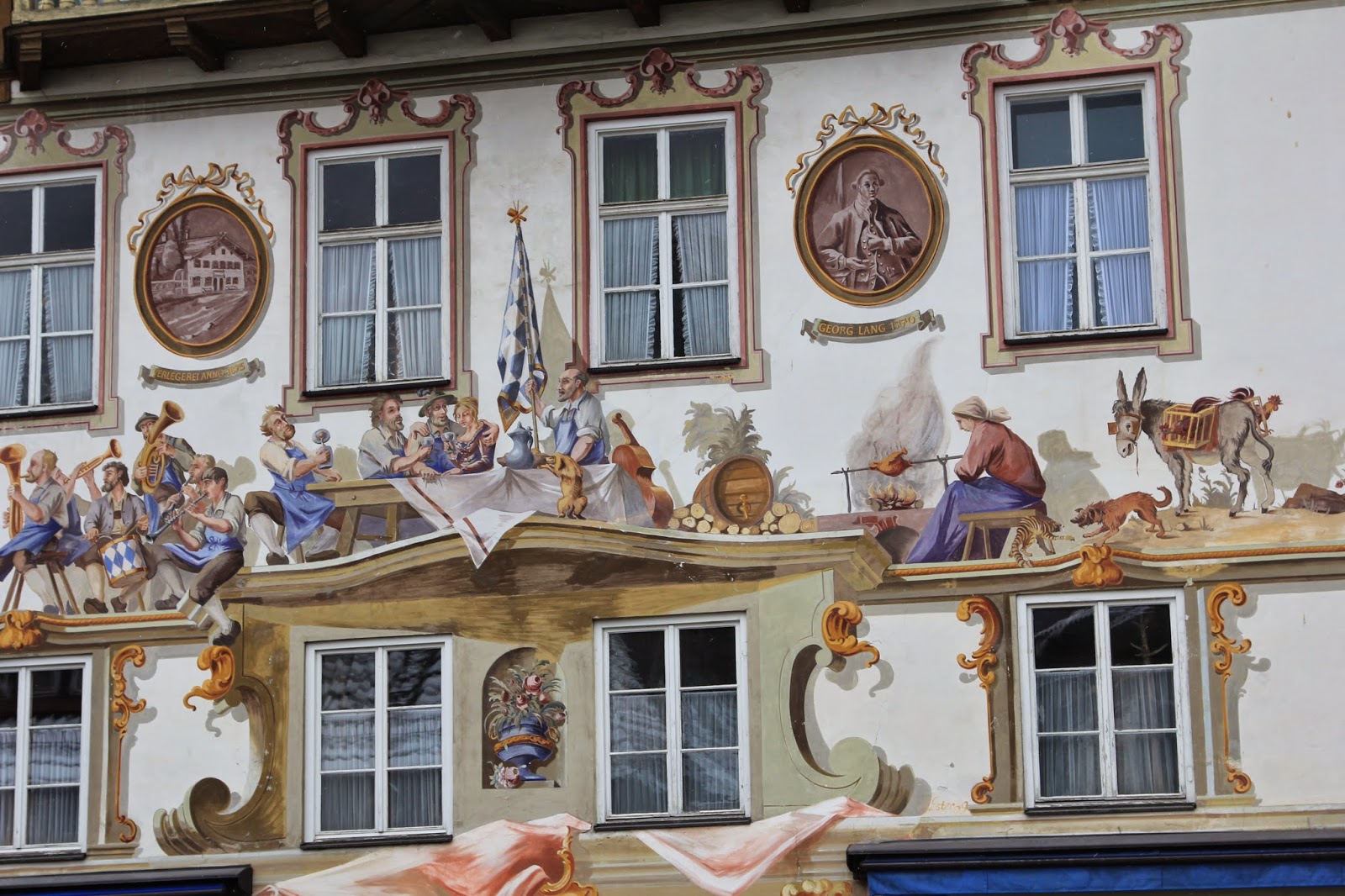We spent our final hours in Berlin visiting the Reichstag -- the German Parliament building. Much of this building was destroyed in World War II, but has been rebuilt to its neo-Classical glory - at least on the outside. Inside is very sleek and modern, which you would never imagine looking from the outside.
The crowning achievement on the Reichstag is the large glass dome. Designed by British Architect Lord Norman Foster (I’m sure he’s my long lost uncle), the dome is a remarkable architectural achievement with twin spiral ramps that circle the dome all the way to the top. From there, you can look down directly into the Parliament chambers where the Bundestag meets to pass laws and govern the nation. It’s been said that if the Bundestag ever forget who they work for -- the people -- they only need to look up to see them.
Inside the dome are thousands of mirrors that reflect sunlight into the Chamber. The dome is also open at the top to let fresh air in and remove stale air from the building. Tours are free, but you have to reserve a space in advance. We were able to get one of the last spots of the day -- 9:30pm. Touring at night was fantastic, as you get all of these great views of the City at night that you wouldn’t be able to see otherwise. The dome itself is illuminated, so you can see people walking the spiral ramps, even from the ground.
The Reichstag is a great example of how classic and new architecture are being blended together as Berlin continues to emerge from World War II and the Cold War. It was a fitting end to our day and our time in Germany.
Alas, our time in Germany has come to an end. We've thoroughly enjoyed our time here and look forward to paying a return visit in the future.



























